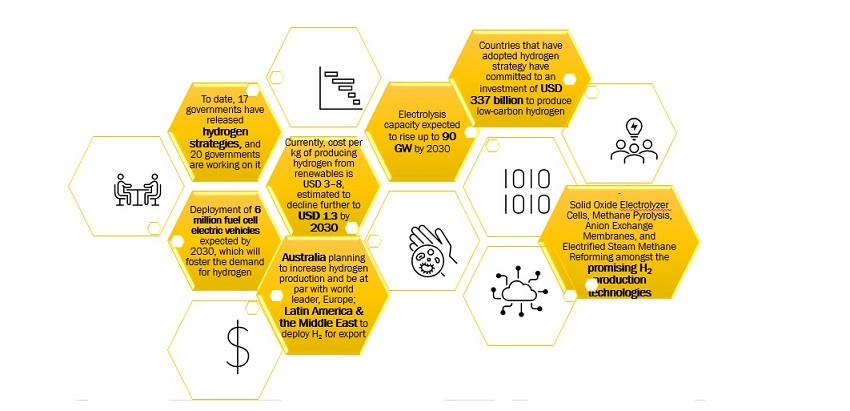Divorce is a significant life event, and navigating the legal process can be complex. If you find yourself in a situation where divorce is the best course of action, it’s important to understand How to Apply for Divorce in New York . This blog will guide you through the steps involved in obtaining a divorce in the Empire State, helping you comprehend the process and what to expect along the way.
Step 1: Residency Requirements
Before you begin the divorce process in New York, you need to meet residency requirements. There are two ways to establish residency for divorce purposes:
Residency of the Parties: Either you or your spouse must have lived in New York for at least two years immediately before the divorce action is initiated. Alternatively, you can file for divorce if you both lived in New York at the time the grounds for divorce occurred, or if the cause of action happened in New York.
Step 2: Grounds for Divorce
In New York, you must have grounds for How to Obtain Divorce Decree in New York, which is the legal reason for the dissolution of the marriage. New York recognizes both no-fault and fault-based grounds for divorce:
No-Fault Divorce: The most common grounds for a no-fault divorce is the “irretrievable breakdown of the marriage” for at least six months. This means that the marriage has been broken for an extended period, and there is no chance of reconciliation.
Fault-Based Divorce: You can also file for divorce based on fault, citing reasons such as abandonment, cruelty, adultery, or imprisonment for three or more years. However, proving fault can be more complicated and may lead to a more contentious divorce.
Step 3: Legal Assistance
While it’s possible to represent yourself in a divorce case, it’s highly advisable to seek legal counsel, especially if your divorce involves complex issues like child custody, spousal support, or significant assets. An attorney can provide guidance, ensure your rights are protected, and help you navigate the legal process.
Step 4: Filing a Divorce Complaint
The next step is to file a divorce complaint with the Supreme Court in your county. The complaint should outline the details of your marriage, grounds for divorce, and any requests for child custody, support, or property division. Filing the complaint initiates the divorce process.
Step 5: Serving the Divorce Papers
Once the divorce complaint is filed, you must serve the divorce papers to your spouse. This typically involves delivering the papers to them in person or using a process server. Your spouse then has a specific amount of time to respond to the complaint, usually within 20 to 30 days.
Step 6: Response from Your Spouse
Your spouse has the opportunity to respond to the divorce complaint by either agreeing or disagreeing with the terms. If both parties agree on all aspects of the divorce, it can be classified as an uncontested How to Obtain Divorce Decree in New York, which is typically faster and less costly.
Step 7: Negotiation and Settlement
In cases where both parties don’t agree on all aspects of the divorce, negotiation and settlement discussions may be necessary. This can involve reaching agreements on child custody, visitation, support, and property division. It’s essential to work with your attorney to ensure that your interests are protected during this process.
Step 8: Court Hearings
If agreements cannot be reached through negotiation and settlement, the case may proceed to court. During court hearings, a judge will make decisions on unresolved issues. It’s crucial to be prepared, provide necessary evidence, and follow court procedures carefully.
Step 9: Final Judgment
Once all issues are resolved and the judge is satisfied, a final judgment of divorce will be issued. This document formally ends your marriage. It’s essential to understand that New York has a mandatory waiting period of at least six months from the time your spouse is served with the divorce papers before a judgment can be granted.
Step 10: Post-Divorce Matters
After the divorce is finalized, there may be post-divorce matters to address, such as complying with custody and support orders, changing your name (if desired), and updating important documents like wills and insurance policies.
Conclusion
Applying for How to Obtain Divorce Decree in New York can be a complex and emotionally challenging process, but understanding the steps involved can make it more manageable. Residency requirements, grounds for divorce, legal assistance, filing the complaint, serving papers, responding, negotiation, court hearings, and the final judgment are all part of the divorce journey.
To ensure a smoother divorce process, it’s recommended to consult with an experienced attorney who can guide you through the legal intricacies, protect your rights, and help you make informed decisions. If you and your spouse can work together to achieve an amicable resolution, an uncontested divorce can simplify the process and reduce the emotional and financial burdens.
Remember that divorce laws can change over time, so it’s crucial to stay updated with the latest legal requirements. For personalized guidance on How to Apply for Divorce in New York, contact our team of knowledgeable attorneys. We are here to assist you in understanding the process and providing the support you need during this significant life transition. For more information on “How to Apply for Divorce in New York,” reach out to us for expert advice tailored to your specific situation.







